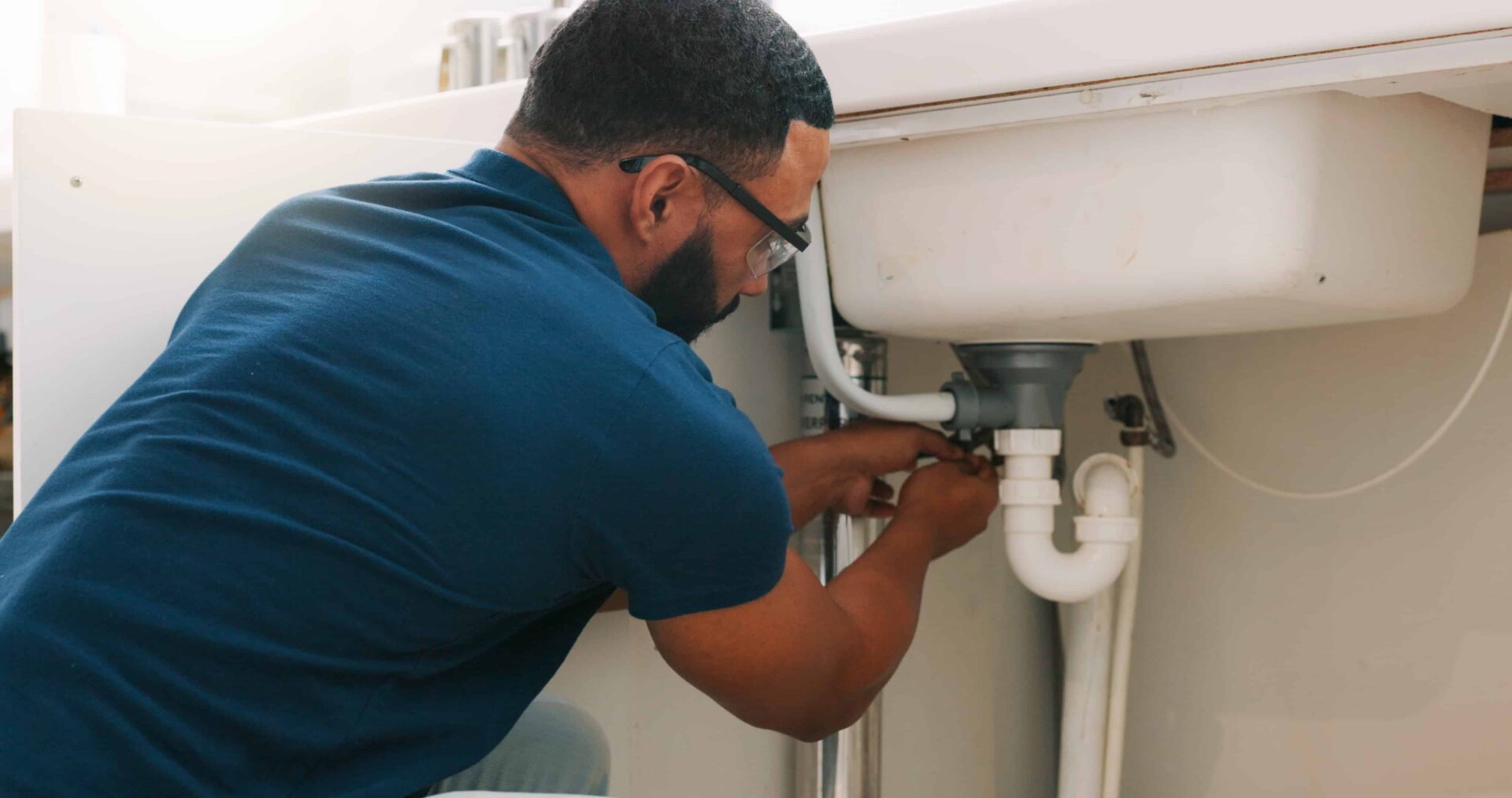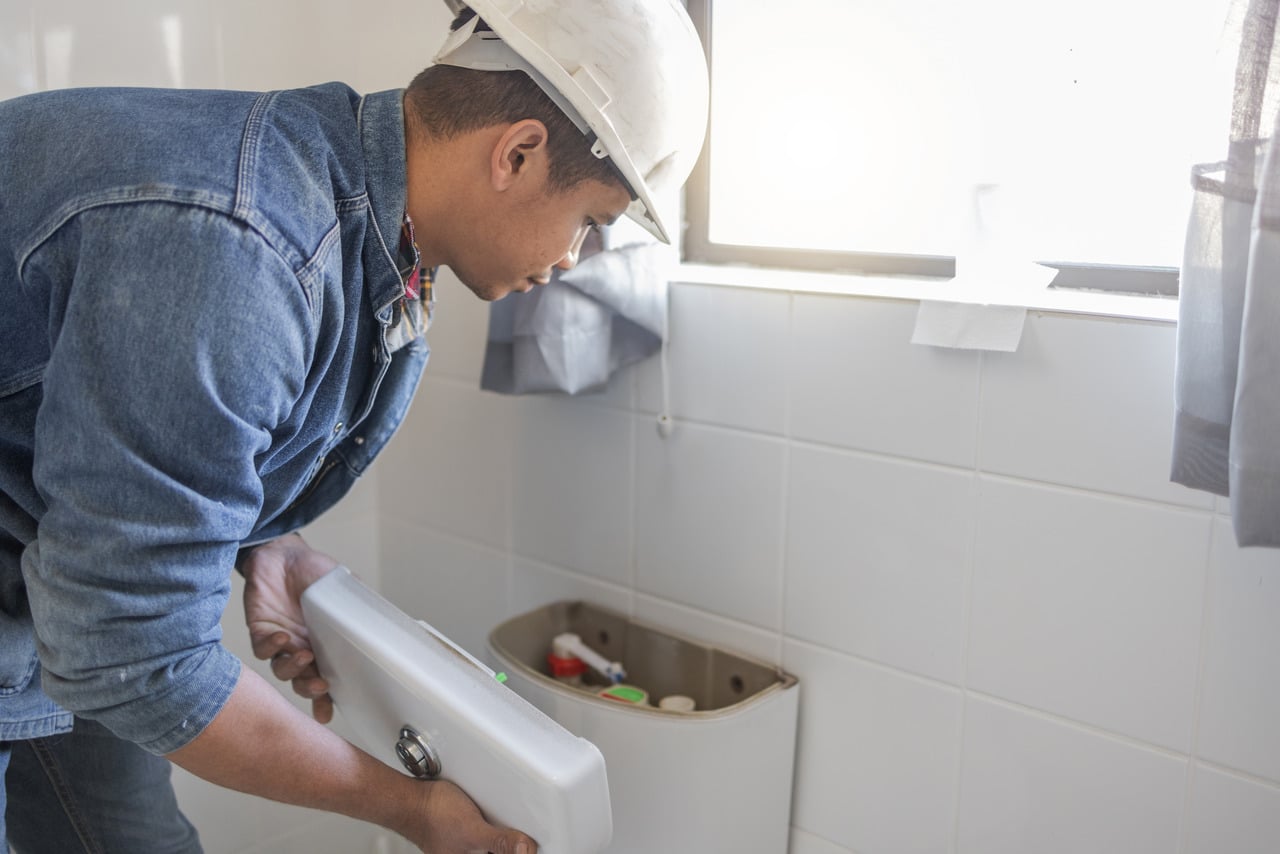Listed here in the next paragraphs you can find additional superb data relating to What to Do During a Plumbing Emergency.

Pipes emergencies can strike at any moment, creating tension and prospective damages to your home. Whether it's a burst pipe, a blocked drainpipe, or a dripping faucet, understanding just how to take care of the situation up until a specialist plumber shows up can conserve you from more complications. This short article supplies essential emergency plumbing ideas to aid you mitigate damage and restore control throughout a pipes situation.
Turn Off the Supply Of Water
The primary step in any kind of pipes emergency is to shut off the supply of water. For localized problems, such as a dripping tap or commode, switch off the shutoff near the fixture. In the case of a major leak or burst pipe, find your home's primary water shut-off valve and transform it off promptly. Recognizing the area of these shutoffs ahead of time can conserve beneficial time throughout an emergency situation.
Shut down Your Hot Water Heater
In particular emergencies, such as a ruptured pipeline, it's important to shut down your hot water heater. This avoids overheating or damages to the device when water quits moving. Switch off the power supply to the hot water heater (electrical or gas) and let it cool off to prevent potential risks.
Temporarily Stop a Ruptured Pipeline
A ruptured pipeline can result in considerable water damage in minutes. To minimize the concern:
- Clamp or Cover the Pipeline: Utilize a pipe clamp, rubber, or duct tape as a temporary seal.
- Divert Water Circulation: When possible, draw away the water into a bucket or container to restrict damage to surrounding locations.
- Maintain the Area Dry: Use towels or a wet/dry vacuum cleaner to get rid of standing water.
- Call an expert plumbing instantly to address the trouble completely.
Have an Emergency Pipes Set
Prepare a fundamental plumbing emergency situation set to deal with small problems efficiently. Your kit needs to include: - Adjustable wrench
- Plumbing professional's tape
- Pipe clamps
- Towels and dustcloths
- A plunger
- Epoxy putty
- Bucket.
- Having these devices on hand can make a considerable distinction in your ability to take care of emergencies.
Unclog Drains Pipes Securely.
A blocked drainpipe can be an aggravating and unpleasant issue. Right here's just how to tackle it:. - Utilize a Plunger: For sinks or commodes, a plunger can typically displace minor obstructions. Guarantee you utilize the right type of plunger for the component.
- Hot Water and Dish Soap: For grease-related obstructions, put a mix of warm water and recipe soap down the drain to separate the oil.
- Avoid Chemical Drain Cleansers: While appealing, chemical cleansers can cause more damage than excellent, especially to older pipes.
- If these techniques don't function, stay clear of using excessive force, as it might get worse the blockage.
Handle Overflowing Toilets.
An overruning commode can create immediate mayhem. Right here's what you need to do:. - Stop the Water Circulation: Get rid of the container lid and press down on the flapper valve to stop water from going into the dish. Switch off the water supply to the toilet if required.
- Plunge Carefully: Make use of a commode bettor to get rid of the blockage, but avoid aggressive plunging, which can trigger splashing or additional damage.
- Consist of the Spill: Usage towels or a wipe to tidy up water swiftly to stop floor covering damages.
Address Small Leaks with Short-term Repairs.
Little leaks can rapidly end up being considerable problems if left unchecked. Use these temporary fixes until professional help gets here:.
- Pipeline Tape or Epoxy Putty: Use water-proof tape or epoxy putty to temporarily seal the leakage.
- Rubber and Clamp Approach: Cover an item of rubber or an old inner tube around the leak and secure it with a hose clamp or duct tape.
- Pails or Towels: Area pails under the leak to include water and avoid damage to floor covering or furnishings.
- While these repairs aren't long-term, they can help minimize water loss and damages.
Deal With Frozen Pipeline Carefully.
In cooler environments, frozen pipes are an usual emergency situation. If you presume a frozen pipe:. - Switch off the Water: Turn off the primary water supply to stop a ruptured pipe.
- Defrost Slowly: Use a hairdryer, hot pad, or cozy towels to thaw the pipeline slowly. Prevent open flames or extreme warmth, as these can harm the pipeline.
- Examine for Leaks: Once the pipe is defrosted, look for fractures or leaks before transforming the water back on.
Know When to Call a Specialist.
While quick fixes can assist briefly, certain pipes concerns need immediate professional focus. Call a plumbing professional if:.
- A ruptured pipe causes considerable flooding.
- Drains pipes or bathrooms remain stopped up despite your initiatives.
- You observe persistent leakages or water stress issues.
- Your water heater is dripping or malfunctioning.
- Quickly contacting an expert guarantees the concern is solved correctly and protects against additional complications.
Protect against Additional Damages.
Taking fast action to lessen damage can save you time and money in the future. Right here's how:. - Relocate Valuables: Get rid of furniture, electronics, and various other products from the affected location.
- Use Sandbags: For flooding circumstances, location sandbags around the area to reroute water.
- Turn off Electricity: If water has gotten to electric outlets or appliances, switch off the electrical energy to prevent shocks or fires.
Verdict.
Pipes emergencies can be frustrating, but with the appropriate understanding and tools, you can handle the situation properly up until aid shows up. By turning off the water system, addressing tiny leaks, and making use of short-term solutions, you can reduce damages and keep your home safe. Keep in mind, these tips are short-lived options; constantly seek advice from a certified plumber to manage the root cause of the trouble. Preparation and fast reasoning are your finest allies in any kind of pipes emergency.
Emergency Plumbing: Quick Steps to Minimize Damage Before Help Arrives
Welcome to ?our? helpful guide,? “Emergency Plumbing: Quick Steps ?to ?Minimize Damage ?Before Help? Arrives”. Plumbing emergencies can lead to unanticipated ?stress and potential property damage if not addressed promptly and effectively. However, ?while professional help is definitely essential? in? such situations, there are things that you ?can ?do ?to minimize damage ?before a? plumber arrives. In this detailed, informative,? and easily? understood post, we provide you with practical,? expert advice on ?how to mitigate the? impact of common? plumbing ?emergencies. From identifying? the problem? to implementing temporary fixes,? this ?guide ?can equip you? with the? knowledge? you ?need to ?act swiftly and ?decisively,? potentially saving you? a lot ?of time, ?money and heartache. Imbibe these? critical insights and turn them into action, because when it comes? to plumbing emergencies, every minute? counts!
Understanding the ?Urgency of Plumbing Emergencies
Regardless ?of how well-maintained your? plumbing system ?may be, emergencies can happen when least expected. ?Burst pipes, ?leaks, blocked drains, gas ?leaks, and water heater issues are just samples of circumstances that call for immediate professional ?help. What? do you do when such emergencies occur? Most? importantly, how do? you minimize damage before help arrives?
First? and? foremost, stop the water flow, this ?is the? most immediate way to prevent extensive water damage. Locate your ?home’s main water valve and turn it off. If? the emergency is? a localized one,? like a? sink overflow, turning off the specific fixture’s valve under the sink will suffice. Secondly, ?switch off the electricity. ?This is ?crucial, especially ?when the? water ?leak is ?close to electrical? outlets or appliances. Lastly, clear the area; move furniture, rugs, ?and other valuables out of the ?way, especially if they are at risk? of water damage.
Recognizing Common? Signs ?of Plumbing Issues
Recognizing plumbing issues as soon as? they emerge can ?save you? from pricey repairs and potential ?water damage. For ?instance, slow drainage might suggest a blockage in? your pipes that,? if not dealt with, could result in ?a damaging overflow. Keep an eye out for? continuous dripping from your faucet even when? turned off ?- this is a clear ?sign of a faucet? issue that’s wasting water and increasing your? bill. A toilet that frequently runs? or takes a ?long time to ?refill could hint at an inner? part malfunction, while ?unusual? sounds ?- banging, whistling or gurgling – coming from your pipes signal abnormal flow or air in? the pipe.?
Increasing water bills without extra usage is also a sign of a possible leak in the system ?that causes water wastage.? Noticeable water stains or lush patches ?in? your? yard might indicate an outdoor leak. Lastly, low water ?pressure could imply a clog, a pipe problem, or even a city supply issue. Recognizing ?these signs early can provide you with ?a valuable? opportunity to address minor issues before ?they exacerbate ?into major plumbing emergencies. ?Signs? of? Common Plumbing Issues: Slow drainage Continuous dripping from? faucets High? water bills Unusual noises from ?pipes Lush patches in? yard Low water ?pressure
Preparing? an Emergency Plumbing Kit for Quick Action
A well-equipped? emergency? plumbing kit can mean the difference? between a minor ?inconvenience ?and? a? significant home ?disaster. To be? prepared for unexpected plumbing? emergencies, your ?kit should carry all the ?essentials that can help you limit ?the damage before professional help? arrives. The ?golden rule is start with? the basics? and then ?add tools as you navigate through different plumbing problems. Following are the core essentials you must? have? in ?your emergency ?plumbing kit:
- Plunger: ? This ?is a versatile tool? that can clear most minor clogs in ?sinks, toilets and? drains.
- Pipe Wrench: Essential ?for tightening and loosening? glazed? pipes.
- Pliers: Handy for gripping? small objects.
- Screwdriver ?Set: Used for ?removing ?or? tightening different fixtures.
- Teflon ?Tape: ? Can be wrapped around? fittings? and joints to ?prevent minor? leaks.
- Bucket: A simple bucket can be used for multiple purposes from catching leaks ?to carrying tools or storing? removed? parts.
Effective DIY Methods to Minimize Damage Before Help Arrives
When you promptly recognize a plumbing emergency, you can employ several DIY methods ?to mitigate potential harm while waiting for a professional plumber. ?Initially, it’s crucial? to ?turn? off the water supply ?to ?stop further flooding. If you’re encountering a local problem—like a? record-breaking overflow? from your toilet—its dedicated ?water valve? will usually be ?located ?behind the fixture. However,? if the? issue seems to be? more pervasive, you can cut your ?whole house’s water supply,? typically found near ?your water meter or at the? street.

Hopefully you enjoyed reading our section on Expert Tips for Managing a Plumbing Emergency Until Help Arrives. Thanks for taking time to read our article post. Liked our article? Please quickly share it. Help others check it out. I praise you for being here. Please come by our website back soon.
Here
Comments on “Emergency Plumbing Fixes: Steps to Take Until Assistance Arrives”